This Year in Ancient Amber: Prehistoric Feathers, Mushrooms, Lizards and More
It’s no Jurassic Park, but this treasure trove of new creatures will still transport you to an ancient world
/https://tf-cmsv2-smithsonianmag-media.s3.amazonaws.com/filer/00/16/0016265c-ff08-4b60-9beb-f035f0a11fbb/amber_collection.jpg)
For decades, generations of Jurassic Park lovers have dreamed of finding intact dino DNA encased in amber. Unfortunately, science tells us that’s probably impossible (such a buzzkill, science). But some of the treasures that have come to light this year may be even more mindblowing: From a Methuselah mushroom to a fuzzy dino tail, hordes of new amber-encased creatures have made themselves known to science in 2016.
These myriad forms of prehistoric life—each caught in the gooey resin that oozed from trees millions of years ago—offer scientists a tantalizing glimpse into the creatures that once inhabited our world. But in case the wonder hasn’t crystallized for you quite yet, here are ten of the most jaw-dropping finds discovered this year.
1. Languishing lizards
Roughly the size of a dime, these tiny lizards gave scientists an outsized peek into reptilian diversity 100 million years ago. The yellow-tinged time capsule from the mid-Cretaceous Period preserved several lizards in exquisite condition, with itty-bitty claws, teeth, toe pads and even scales intact. Though the fossils were discovered decades ago in a Myanmar mine, scientists only recently gained access to study them.
The remarkable array of reptiles revealed “a nice smattering of diversity,” postdoctoral student Edward Stanley, co-author of the study documenting the creatures, told Smithsonian.com in March. “This diverse lizard assemblage shows that back in the day, the tropics were as lizard-friendly as they are today.”
2. Feathers frozen in time
Evidence of feathers in the fossil record usually comes in the form of impressions left in rock, made by plumes degraded long ago. So scientists were stunned to uncover this next find: a pair of fully intact bird wings.
The wings belonged to a hummingbird-sized species that took to the skies roughly 99 million years ago. Their amber preservation retained spectacular details, which suggest that feathers of ancient birds are surprisingly similar to creatures today. The main difference between these ancient birds and their modern cousins is that these tiny creatures appear to hatch almost fully developed, decked out with flight feathers and claws at the ends of each wing.
3. Deadly disguise
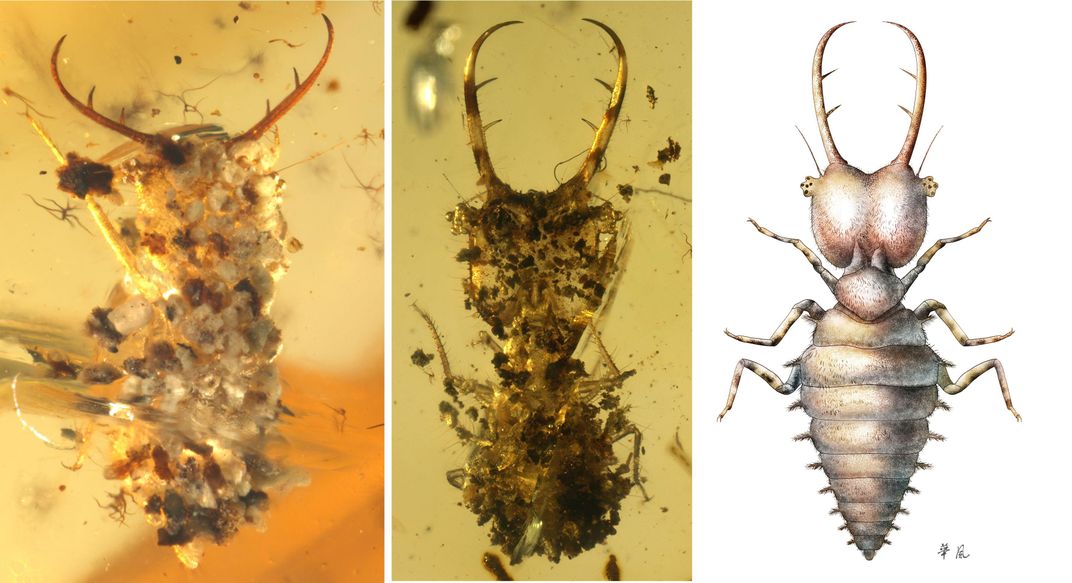
Insects are notorious masters of disguise, assuming the likenesses of plants and animals to avoid detection while hunting prey or eluding predators. Now, a study published in the journal Science Advances reinforces their status as camouflage champions, demonstrating their mastery of the art of ‘debris-camo.’
Researchers documented just over three dozen insects who once hid themselves in gathered junk, including the oldest-known Chrysopidae larvae (green lacewings), Myrmeleontoid larvae (split-footed lacewings and owlflies) and Reduviidae (assassin bugs). Before this study, researchers had only spotted the behavior in one other ancient example from Spain: a green lacewing larva from the Early Cretaceous period.
Though it takes quite a bit of sophistication for an insect to be able to spot, gather and assemble a natural disguise, the behavior isn’t entirely unexpected. Many modern animals wear a collection of natural trash, including the assassin bug, which wears the carcasses of its victims, and the decorator crab, which often sports sedentary creatures like sea anemones.
4. Ferocious Flowers
/https://tf-cmsv2-smithsonianmag-media.s3.amazonaws.com/filer/1d/1b/1d1bd5df-2ba2-4de7-b77a-986942045213/108835_web.jpg)
This pair of tiny flowers, each just under the width of a pinky finger, became entangled in slow-moving tree resin sometime between 15 and 45 million years ago. Researchers recovered the specimen from a mine in the Dominican Republic, and described its blossoms in an article published February in the journal Nature Plants.
Researchers believe the ancient species was likely poisonous. Accordingly, they’ve dubbed the flower Strychnos electri, placing it in the genus known commonly because of Strychnine—a highly toxic pesticide present in plants of this group. Though it’s impossible to pinpoint how poisonous these ancient beauties actually were, the researchers hope the discovery will shed light on the diversity of life that sprung up on our planet millions of years ago.
5. A Tale of Tails
What was initially billed as a preserved bit of plant in a Burmese amber market turned out to be something far more exotic: the fuzzy tip of a dinosaur tail. Though this fragment isn’t enough to prove definitively what species it belonged to, researchers speculate that it once was attached to a juvenile coelurosaur, an avian relative that sported plumage. The rare find captures the early differences between dino and bird feathers.
But there’s more to this tale than just a tail. Also preserved in the hunk of amber is an ant, as Matthew Carrano, curator of Dinosauria at the Smithsonian’s National Museum of Natural History, told Smithsonian.com in December. “You almost never find a dinosaur and an insect fossil together because they just don’t preserve in the same kind of setting,” he said. “But here they are, right?”
6. Armed Ants
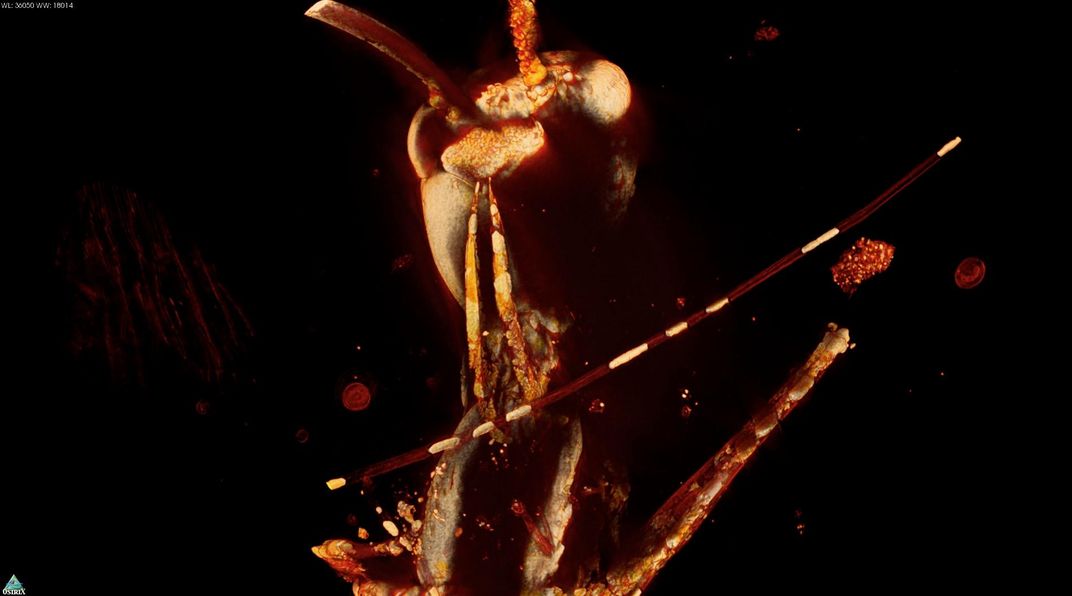
Dubbed “hell ants,” these insects sported sword-like mandibles and met their sticky end during the late Cretaceous Period. The tiny terrors are believed to be the oldest examples of true ants, after they split from the ant-wasp group. “There are no ant fossils older than these, full stop,” Phillip Barden, a postdoctoral fellow at Rutgers University, told Smithsonian.com in March.
Researchers believe that the ants’ face swords hinged upward, allowing them to spear their prey by sweeping up toward the sky, similar to modern trap-jaw ants. The specimens were first catalogued in 1920, but have since remained in the collections at the Natural History Museum in London. This latest study, published earlier this year in the journal Current Biology, finally places them in their rightful position in their evolutionary tree.
7. Show-stopping Spiders
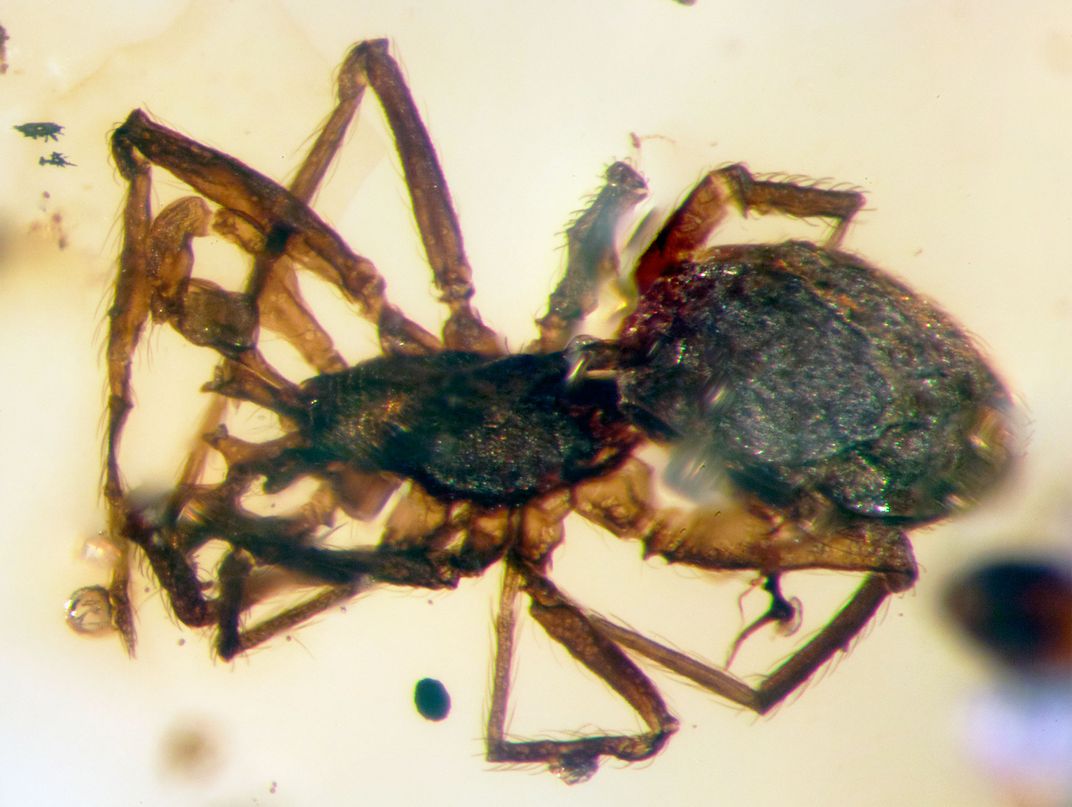
The dinosaurs that roamed the forests 99 million years ago had some creepy-crawly company beneath their feet. This pair of now-extinct spiders (Electroblemma bifida) are equipped with horned fangs and represent a “particularly bizarre” form of armored spiders, other species of which are still present today, Paul Selden, an invertebrate paleontologist at the University of Kansas, told Aaron Sidder for National Geographic in July.
8. Microwhip Scorpion
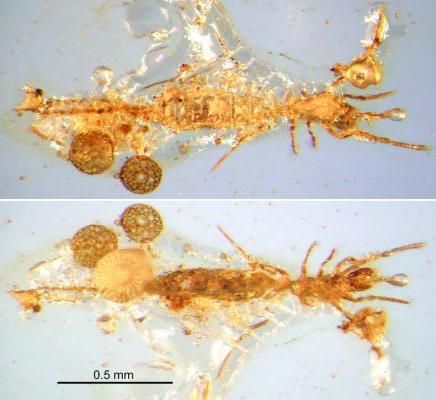
Just smaller than a grain of rice, this microwhip scorpion was captured in gooey tree resin roughly 100 million years ago in present-day Myanmar. Dubbed Electrokoenenia yaksha, the species is only distantly related to modern scorpions, but appear morphologically similar to their cousins alive today. Such miniscule specimens are rare in the fossil record.
9. Strange Bedfellows
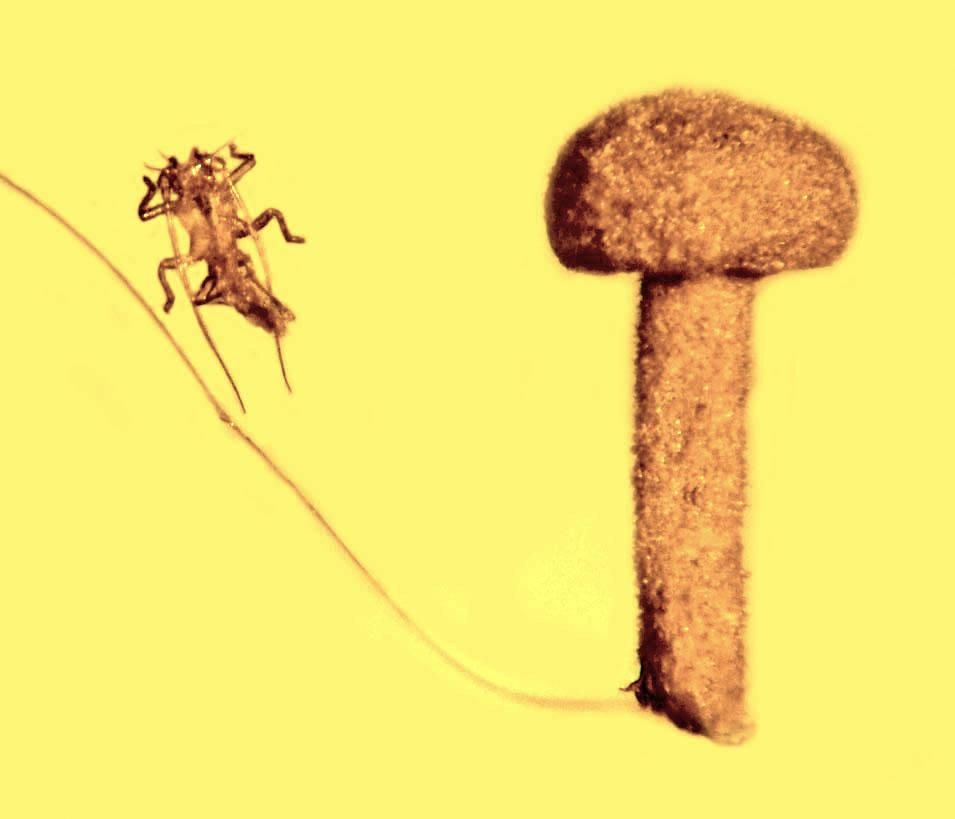
Amber can record some perplexing tableaus. In this case, a chunk of resin preserved a mammalian hair, an insect exoskeleton and a mushroom. The fungus is far from the oldest of its kind, clocking in at roughly 50 million years, but its presence among the other objects raises interesting possibilities of what happened just before the slow-moving resin engulfed the scene. According to the researchers, the fine hairs still present on the insect’s exoskeleton suggest that it was shed shortly before preservation, meaning the lucky bug just escaped an unfortunate end—by a hair, you might say.
10. The Ant-Hopper-Wasp-Roach
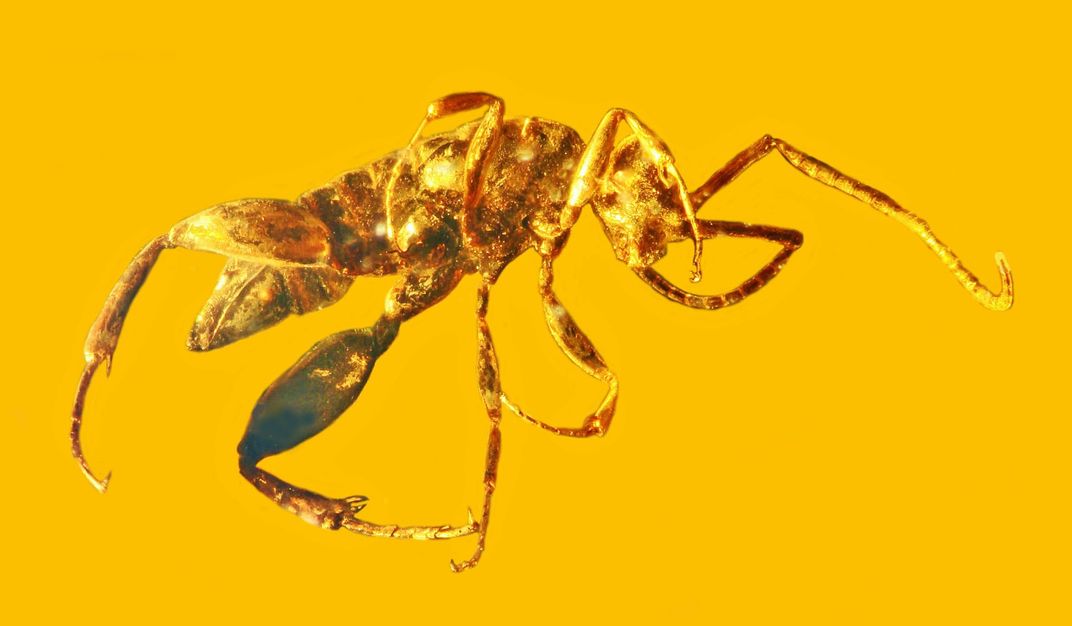
This roughly 100-million-year-old insect sports an unusual mash-up of features. It has antennae like an ant, strong legs like a grasshopper, a face like a wasp and a thick abdomen like a cockroach. Its unusual appearance initially stumped researchers: “We ultimately had to create a new family for it, because it just didn’t fit anywhere else,” said George Poinar, Jr., a professor emeritus in the College of Science at Oregon State University, and co-author of the study documenting the so-called Franken-bug.
/https://tf-cmsv2-smithsonianmag-media.s3.amazonaws.com/accounts/headshot/Wei-Haas_Maya_Headshot-v2.png)
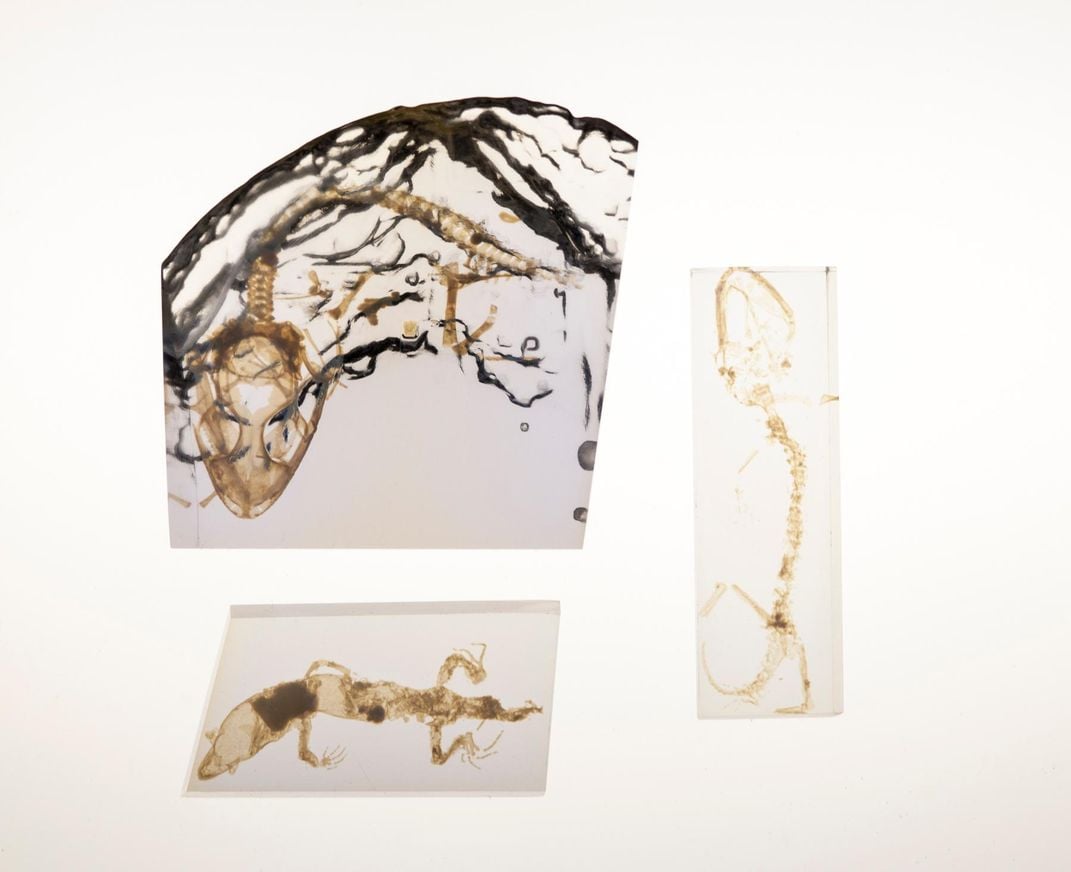
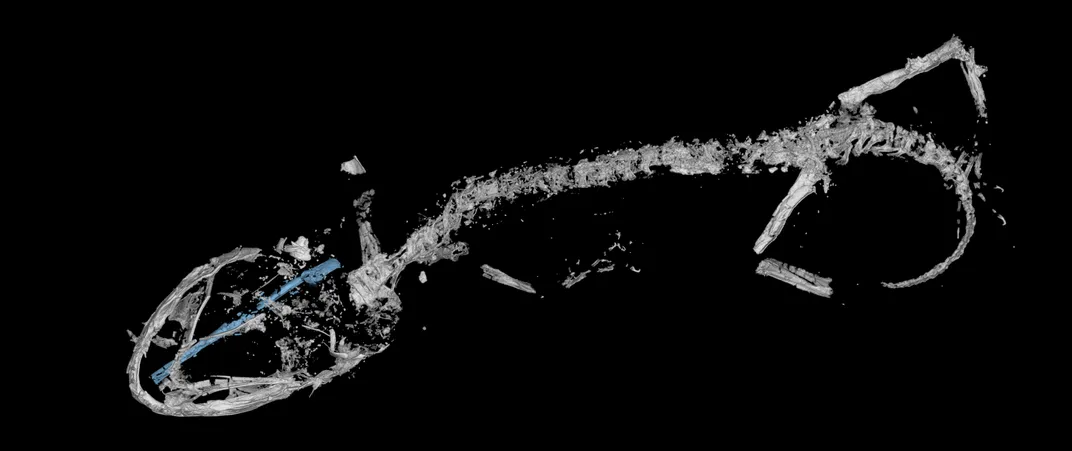
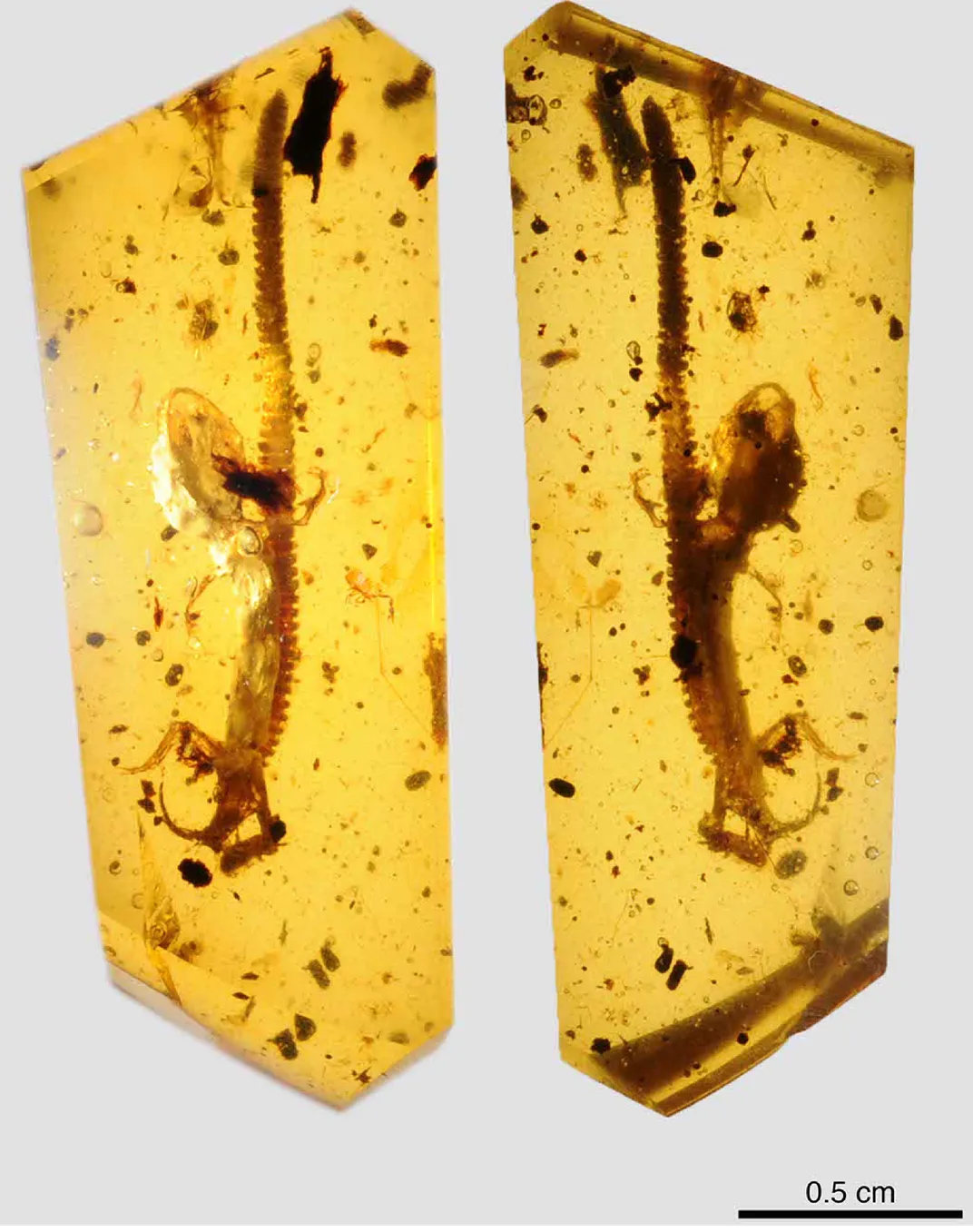
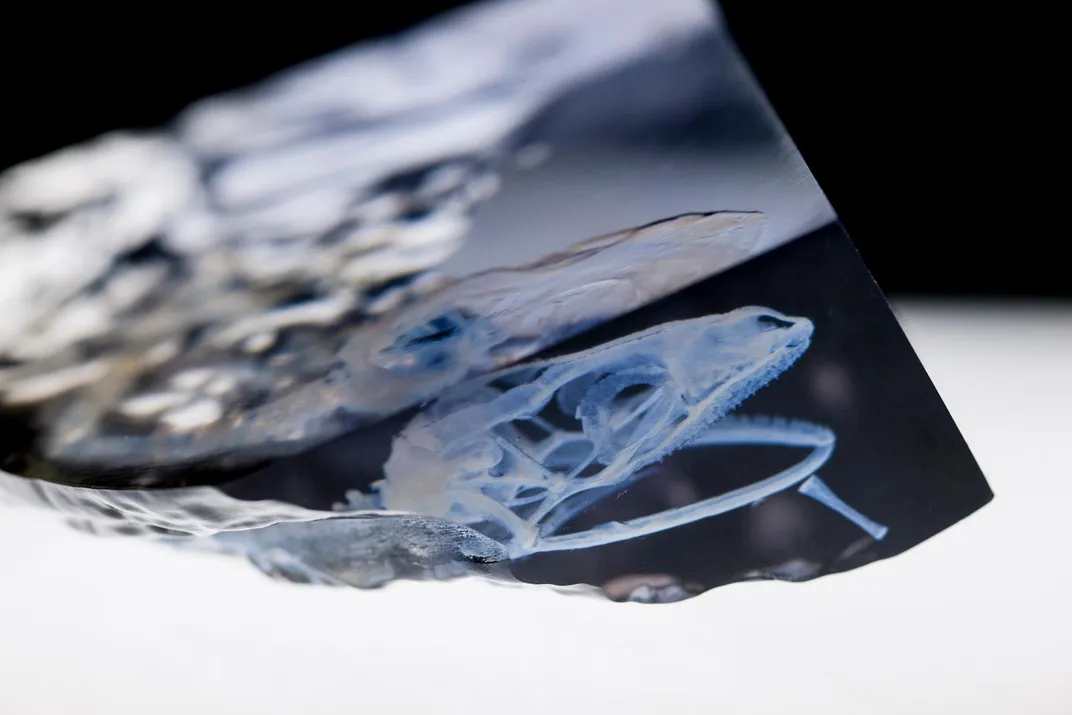
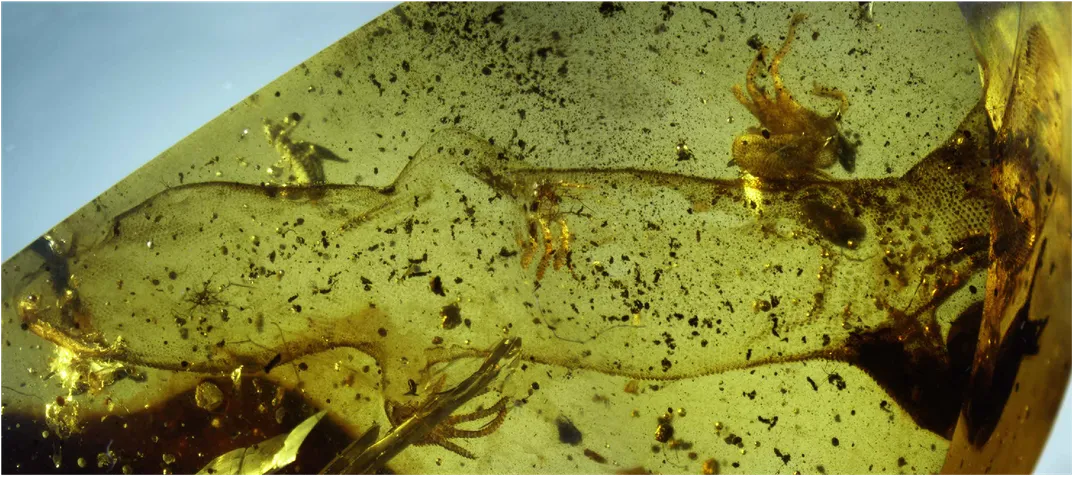
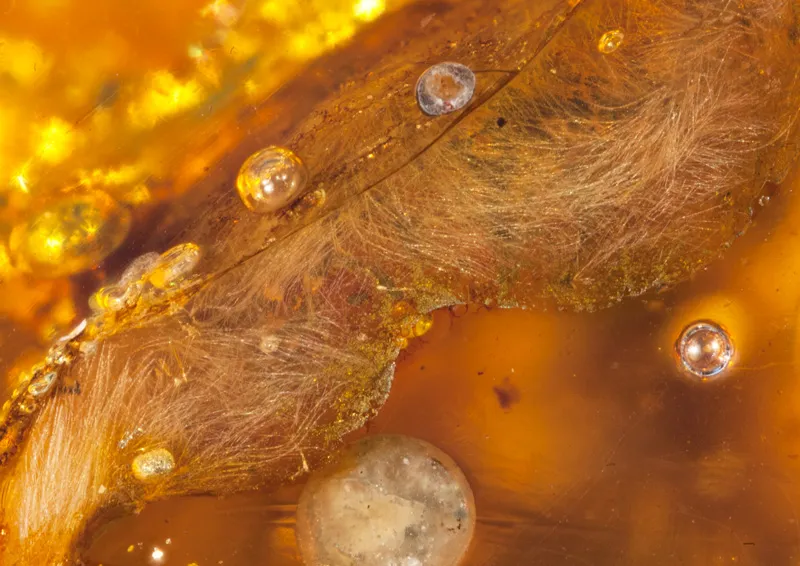
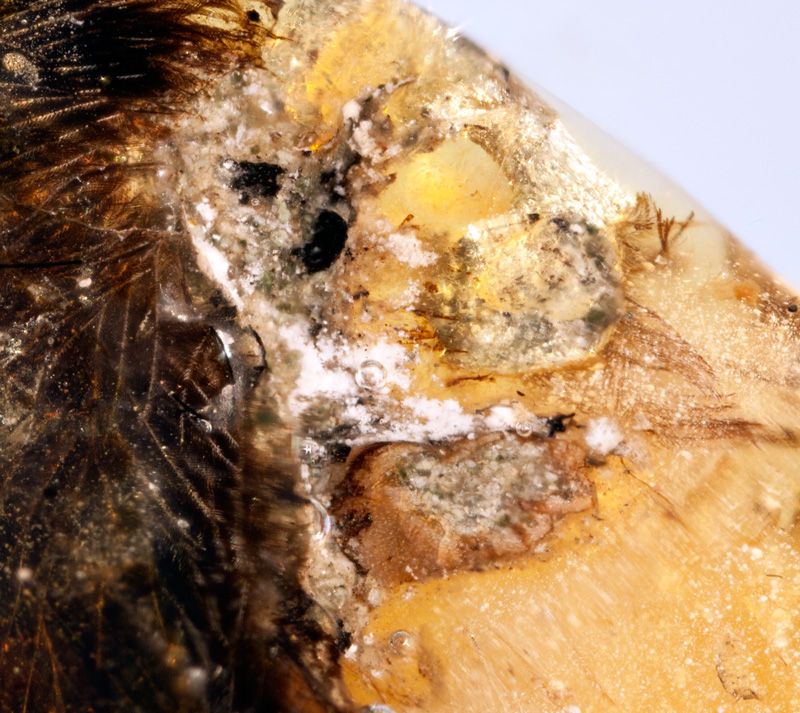
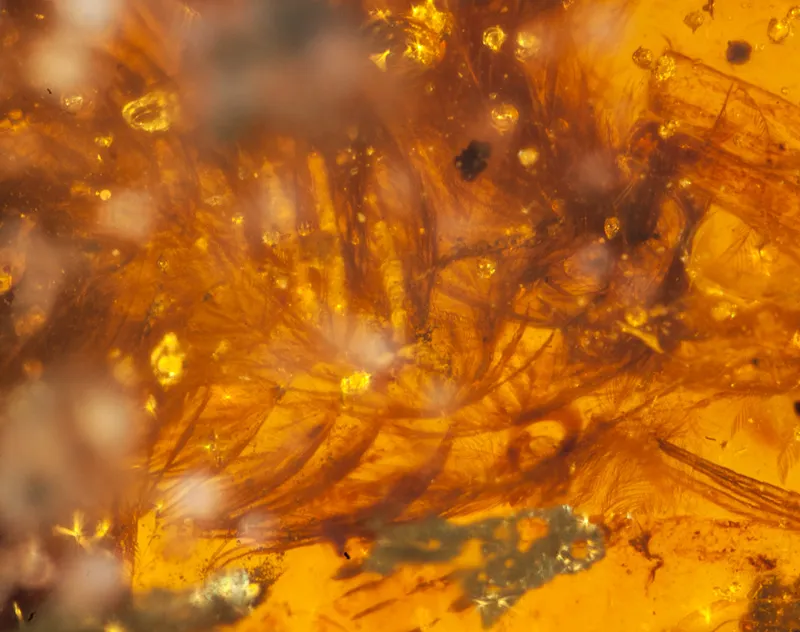
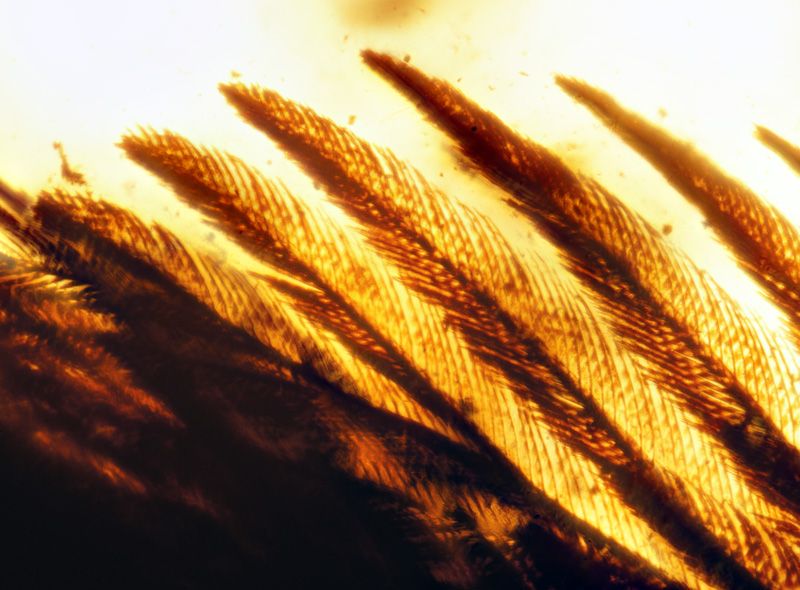
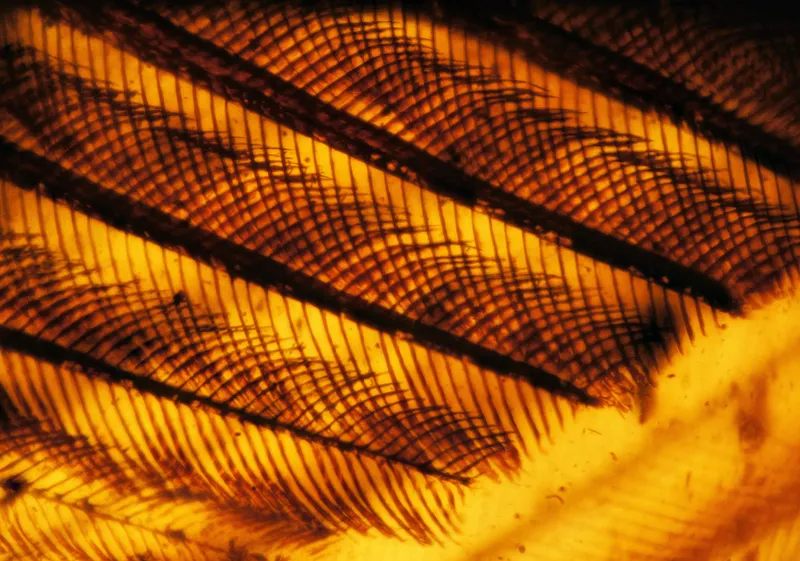
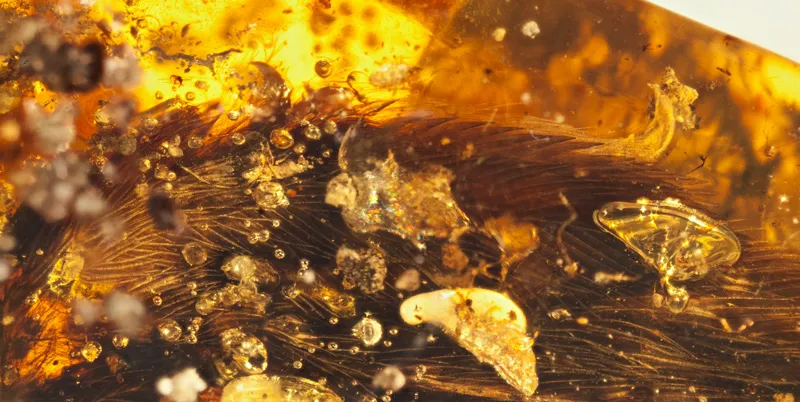
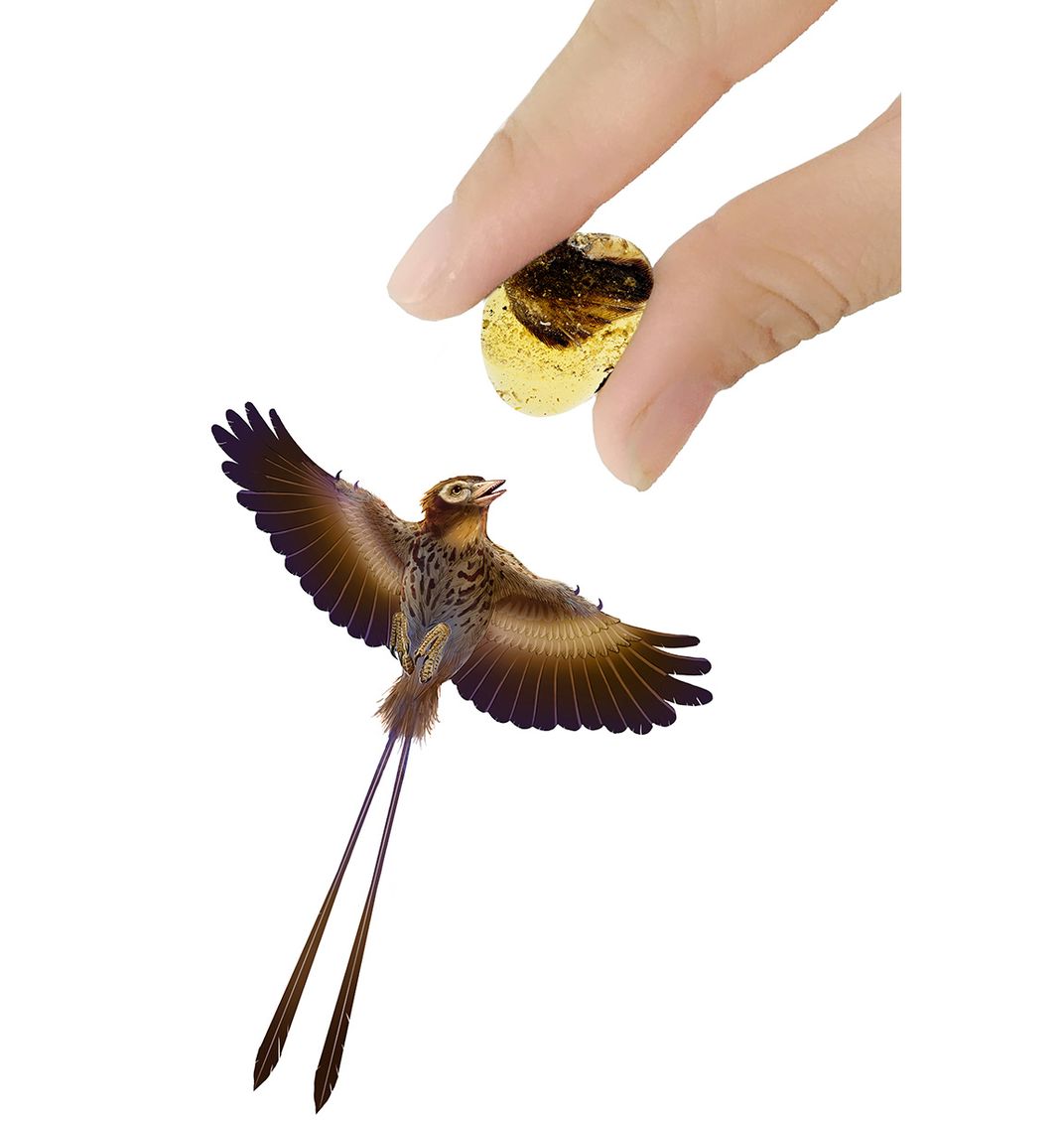
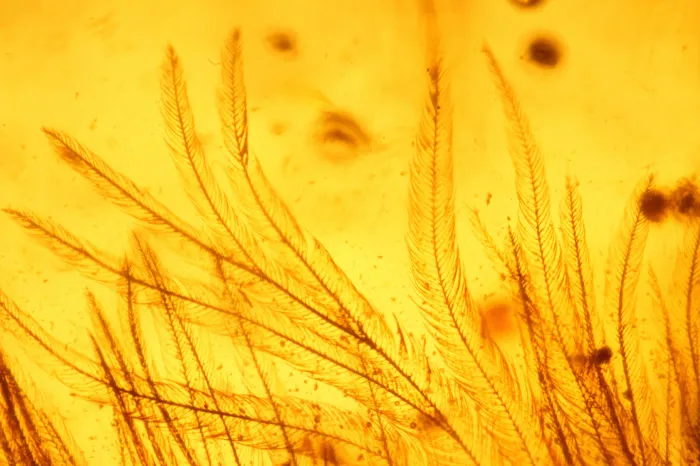
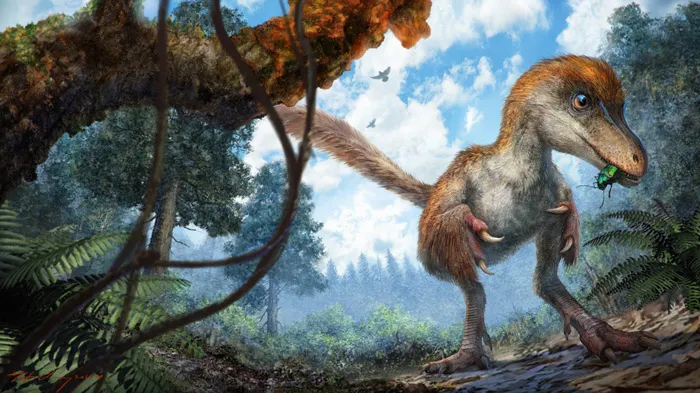
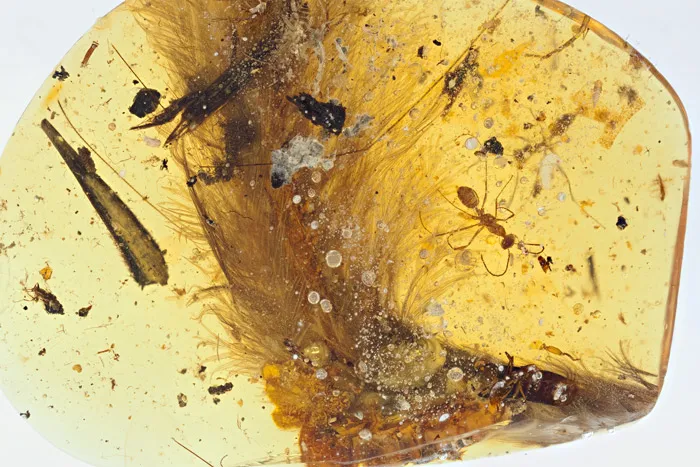
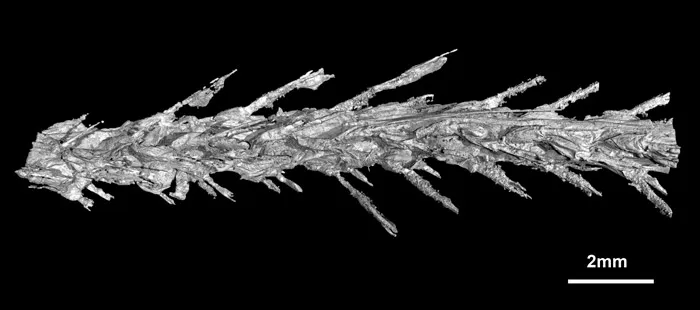
/https://tf-cmsv2-smithsonianmag-media.s3.amazonaws.com/accounts/headshot/Wei-Haas_Maya_Headshot-v2.png)